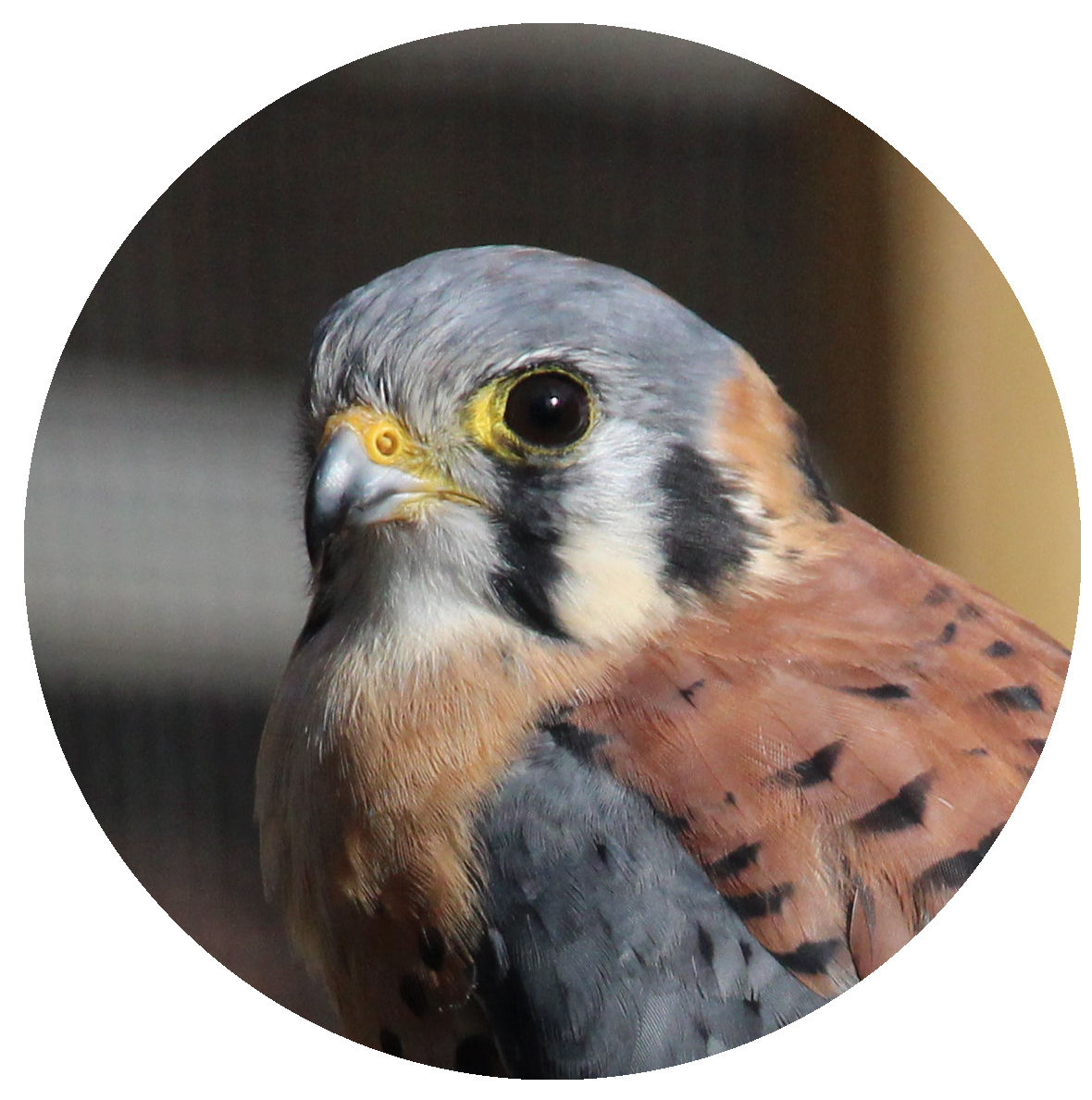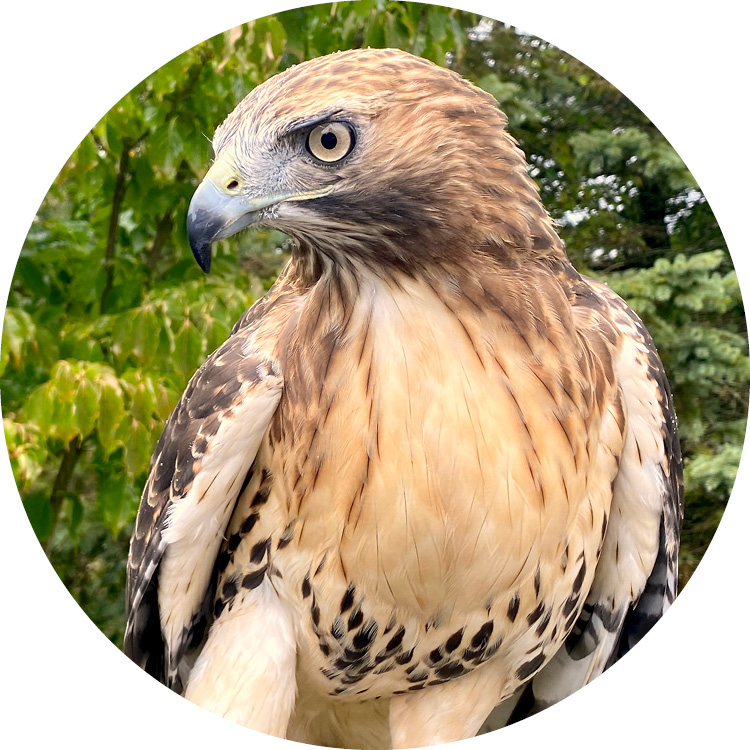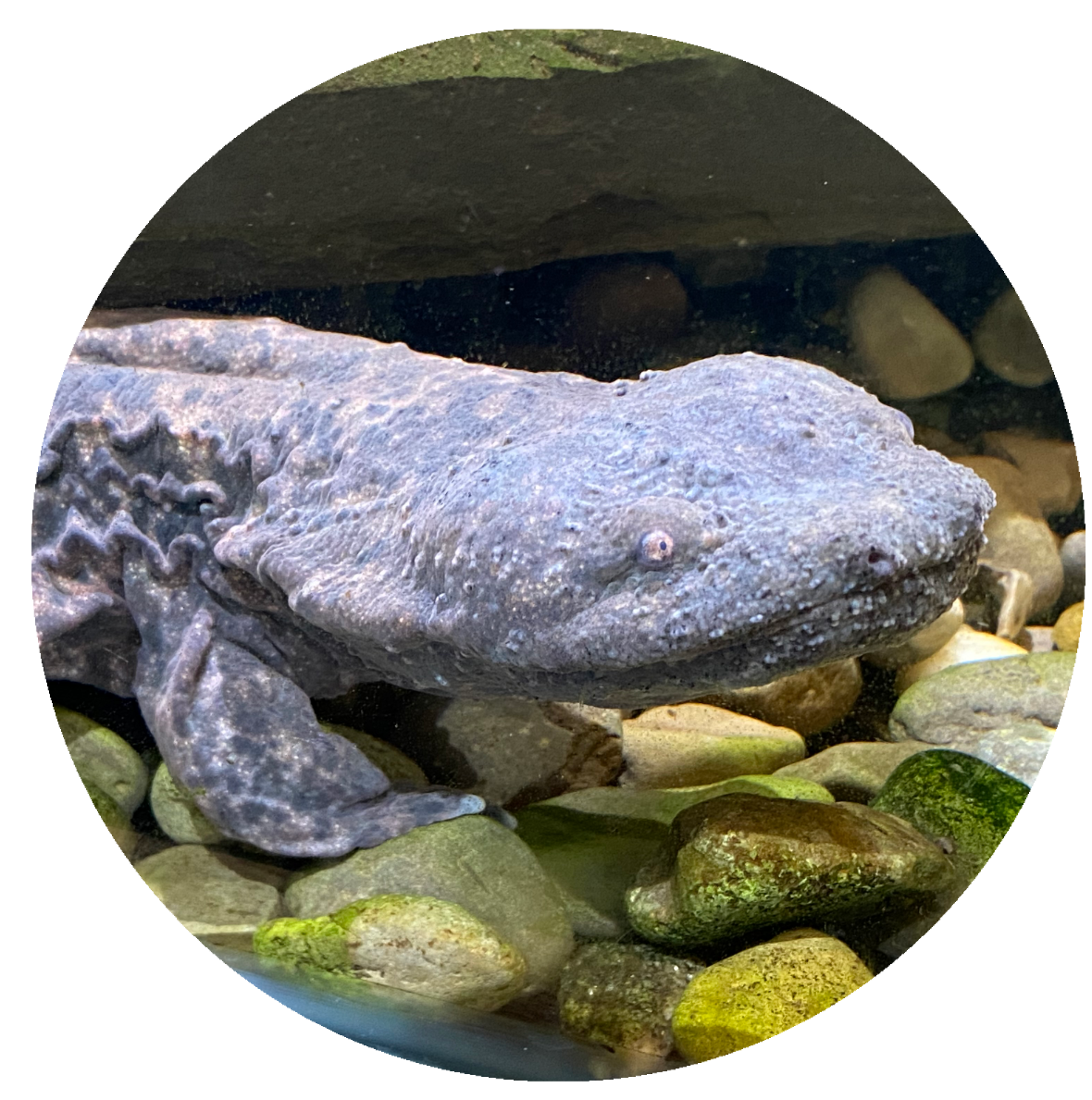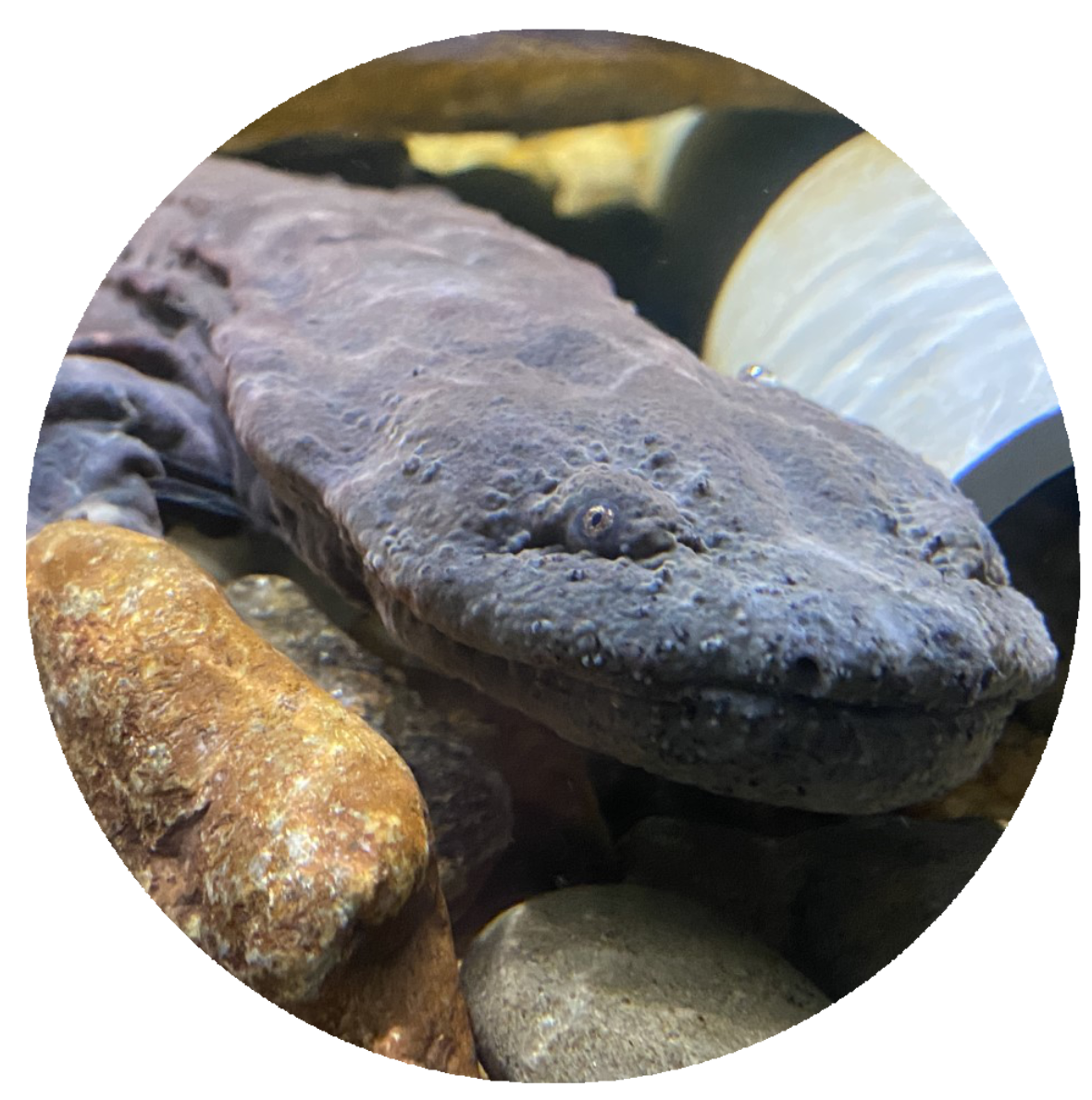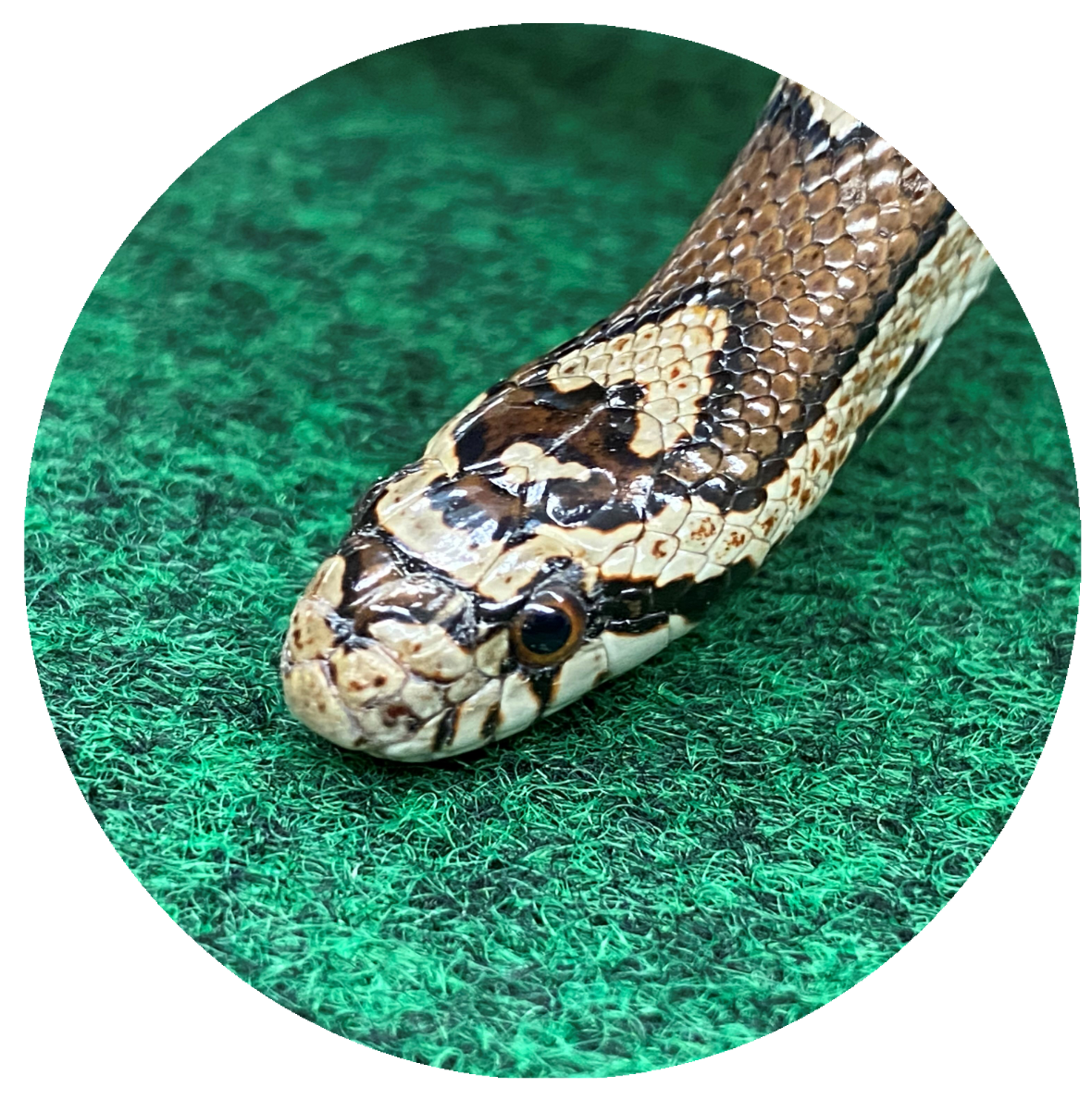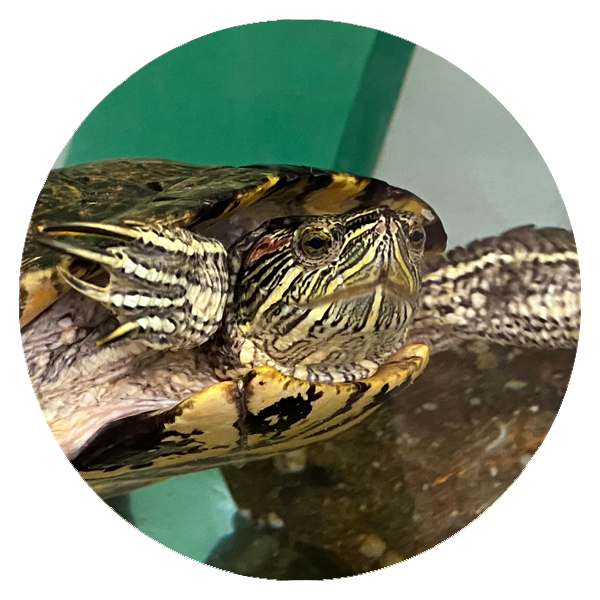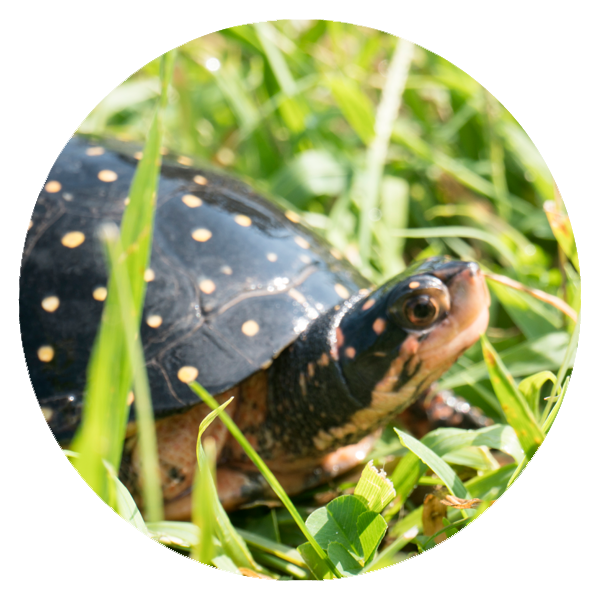Animal Ambassadors
The live animals at Audubon Community Nature Center are part of the talented education team. They help in educational programs, both on and offsite, that foster the connection between people and nature.
Address
Audubon Community Nature Center
1600 Riverside Road
Jamestown, NY 14701
(716) 569-2345
info@auduboncnc.org
Hours and Admission
Nature Center Hours:
Monday - Saturday
10:00 a.m. - 4:30 p.m.
Sunday
1:00 - 4:30 p.m.
Building Admission:
Members - Free
Non-member Adult (ages 16+) - $6
Non-member Child (ages 3 - 15) - $2
Children ages 2 and under - Free
Maximum cost for a Family - $15
Free admission to the Nature Center for SNAP/EBT cardholders.
Free admission for all on Sundays
Grounds and Outdoor Exhibits:
Open daily, year round from dawn to dusk, free of charge
Thank you, Community Partners
Audubon Community Partners make a significant financial contribution each year because they believe that every child deserves the opportunity to have a real and healthy connection to nature.
Bruce and Juline Battler
Carnahan-Jackson Foundation
Chautauqua Region Community Foundation
Donna and Mark Hampton
Holmberg Foundation
Hultquist Foundation
Jessie Smith Darrah Fund
Kinetic Internet Service Provider
The Lenna Foundation
The Ralph C. Sheldon Foundation
David Campbell
Sue and Bill Chandler
Hal and Mary Conarro
Cummins Jamestown Engine Plant
Bob and Kathy Frucella
Kravitz Tree Service
Thomas Kuntz and Meredith Kuntz
Doug and Lamae McCullor
National Fuel Gas Company
Southern Chautauqua
Federal Credit Union
Weinberg Financial Group
Curt and Susie Westrom
Whirley-DrinkWorks!
Jeanne Wiebenga and Jane Stirniman

